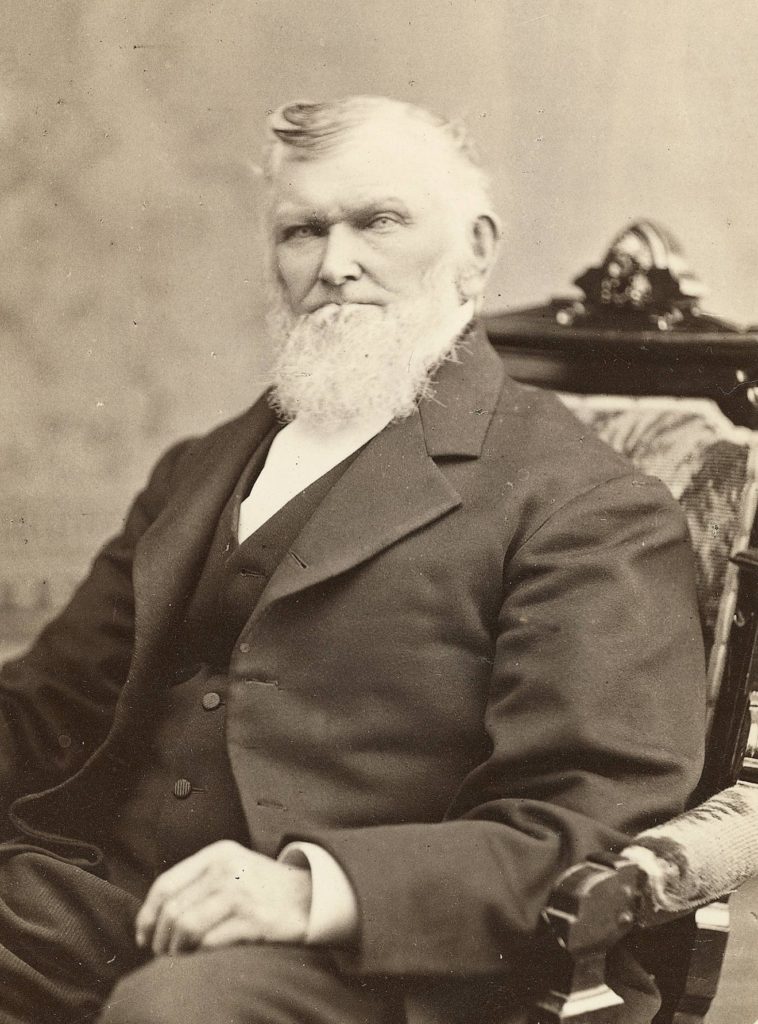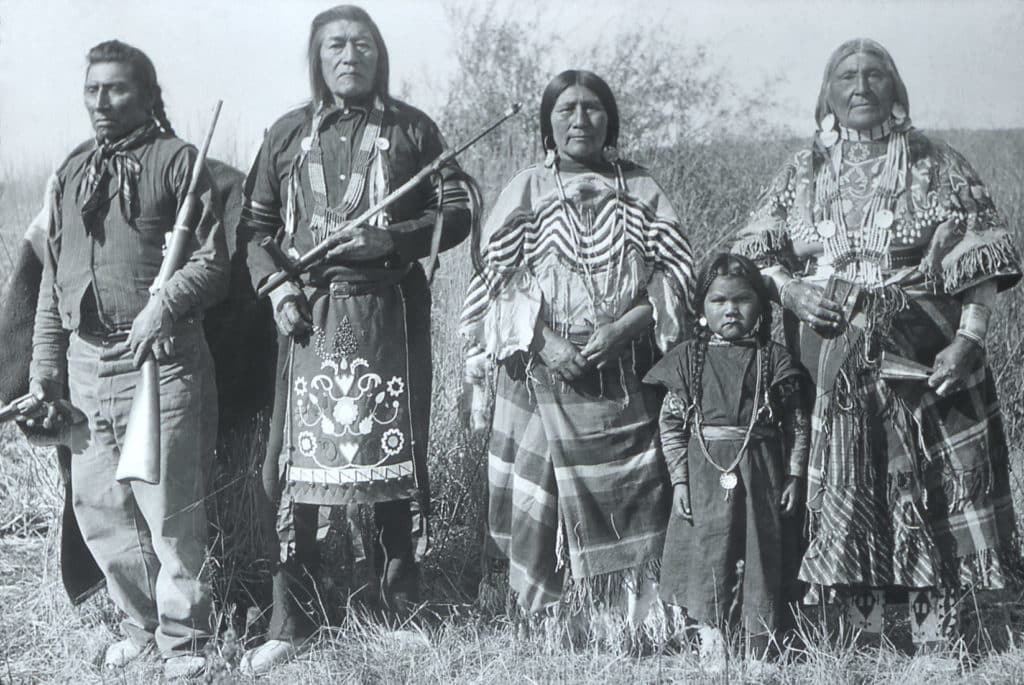This Week in History recalls memorable and decisive events and personalities of the past.
23rd September 1890 – The President of the Church of Latter-day Saints claims to have received a revelation ordering the church to abandon polygamy

The Church of Jesus Christ of Latter-day Saints, or as it is more commonly known, the Mormon church, has until quite recently had a difficult existence, being subject to significant criticism from the society it was founded in.
The Mormon church was founded by a man named Joseph Smith in 1830, after he claimed to have discovered, under the guidance of an angel, a collection of golden plates which detailed an until then undiscovered history of Christian prophets and believers who, led by God, moved from Israel to the Americas, where they lived from the 600s BC until the 400s AD.
The church held a number of views which set it far apart from mainstream Christianity, and as a result faced significant hostility from the mainstream Protestant society which dominated America at the time. This was particularly true of the practice of polygamy, usually called ‘plural marriage’, which while always controversial within the Mormon church became increasingly the mainstream position of the church in the 1840s.
(The hostility of American society to polygamy is borne out by the fact that, for a time, the anti-slavery Republican Party ran on a ticket of abolishing the twin ‘relics of barbarism in America: Slavery and Polygamy’.)
From its earliest days the Mormon church attempted to establish what it considered to be a ‘New Jerusalem’, called Zion, in the United States. There were several attempts to build this ‘Zion’ in various places across the US, including Jackson County in Missouri. However the Mormons were violently expelled and forced to move further west. In 1839 the Mormons established Nauvoo, Illinois, as their new headquarters.

Conflicts once again erupted between the Mormons and non-Mormons. In 1843 Joseph Smith, ordered the destruction of a printing press which had printed an extremely anti-Mormon newspaper. The destruction provoked outrage and Smith was eventually arrested and charged with treason in Carthage, Illinois. While he was awaiting trial, an anti-Mormon mob broke into the town jail and killed him and his brother. (All five men charged with their murders were acquitted before a jury trial.)

The death of smith and his brother split the Mormon church and the majority of Mormons left Illinois and migrated west into the dry lands of Utah.
In Utah, or what was to become the Utah territory of the United States, the Mormon church established a Mormon polity led by their church leader. This continued until 1857 when the United States army invaded Utah, believing the territory to be on the verge of rebellion and seeking to replace the Mormon governor with a federally appointed one.
The invasion was characterized by minor skirmishes with the notable exception of a Mormon massacre of a group of civilians crossing through Utah at the time who the Mormons believed were mistreating local Mormon communities.

Peace was agreed shortly after the invasion and the Mormon leader agreed to step down from his position as governor, believing that his replacement as governor would do little to limit his control over the almost entirely Mormon territory.
After the war the United States officially appointed the governors of the territory and occupied it with troops but the population continued to practice Mormon beliefs and live under the Mormon legal system, resolving most disputes in ecclesiastical courts rather than secular courts.
Anti-Mormon sentiment across the United States did not diminish and congress continued to put more and more legislative pressure on the Mormon community to abandon the practice of polygamy. At one point congress even expropriated the Church’s property and many polygamist Mormons were arrested.
Things came to ahead when in the late 1880s it became clear to the Mormon church and the people of Utah that they would not be able to defend polygamy for much longer. It was also made clear to Utah that it would not be granted statehood so long as polygamy was practised by the Mormon church.
On the night of 23 September, the president of the Mormon chruch, Wilford Woodruff, declared that he had received a revelation from Jesus Christ, that the Church was to cease the practice of ‘plural marriage’. Shortly thereafter he submitted a draft resolution to the church hierarchy asking it to confirm this change in doctrine.

On 6 October 1890 the church accepted the abandonment of the practise reluctantly. Some Mormons refused to accept the new rules and split from the church.
Six years later Utah was granted statehood, on the condition that banning polygamy be written into its state constitution.

If you like what you have just read, support the Daily Friend

